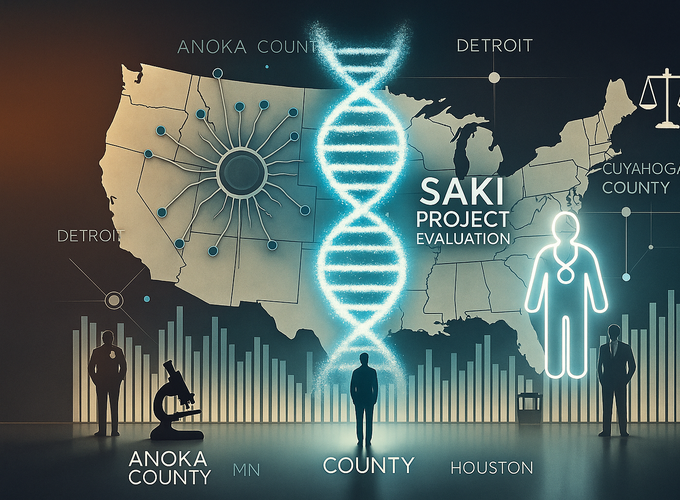The Minnesota Sexual Assault Kit Initiative (SAKI): Lessons learned from a decade of SAKI evaluations

The Minnesota Sexual Assault Kit Initiative (SAKI): Lessons learned from a decade of SAKI evaluations
Abstract
Here we describe the processes and quantify the outcomes of the SAKI project in Anoka County, MN – a mid-sized suburban/rural jurisdiction – and make comparisons to the three seminal SAKI evaluation projects in Detroit, Houston, and Cuyahoga County, OH. Analyses of forensic data show that Anoka County tested 84% of their previously untested SAKs, nearly 60% had usable DNA, and 41% resulted in CODIS hit; more than 100 new DNA profiles were added to CODIS. Among the 69 victim-survivors who were successfully notified, eight agreed to a new investigation; two of these investigations resulted in a new prosecution, with one conviction and one prosecution ongoing. Results also showed a high percentage of serial offenders among CODIS hits for both sex- and non-sex crimes. Comparisons highlighted similar victim, suspect, and case characteristic profiles across SAKI sites. They also showed that early-stage processes such as using a case review team versus a test all policy or victim-survivor-led decision making versus pursuing investigations for all cases have down-stream impacts on SAKI outcomes (e.g., testing SAKs, obtaining hits, charging and prosecuting offenders). Continued SAKI evaluation research focused on a wide range of jurisdictions with divergent processes and samples is needed.